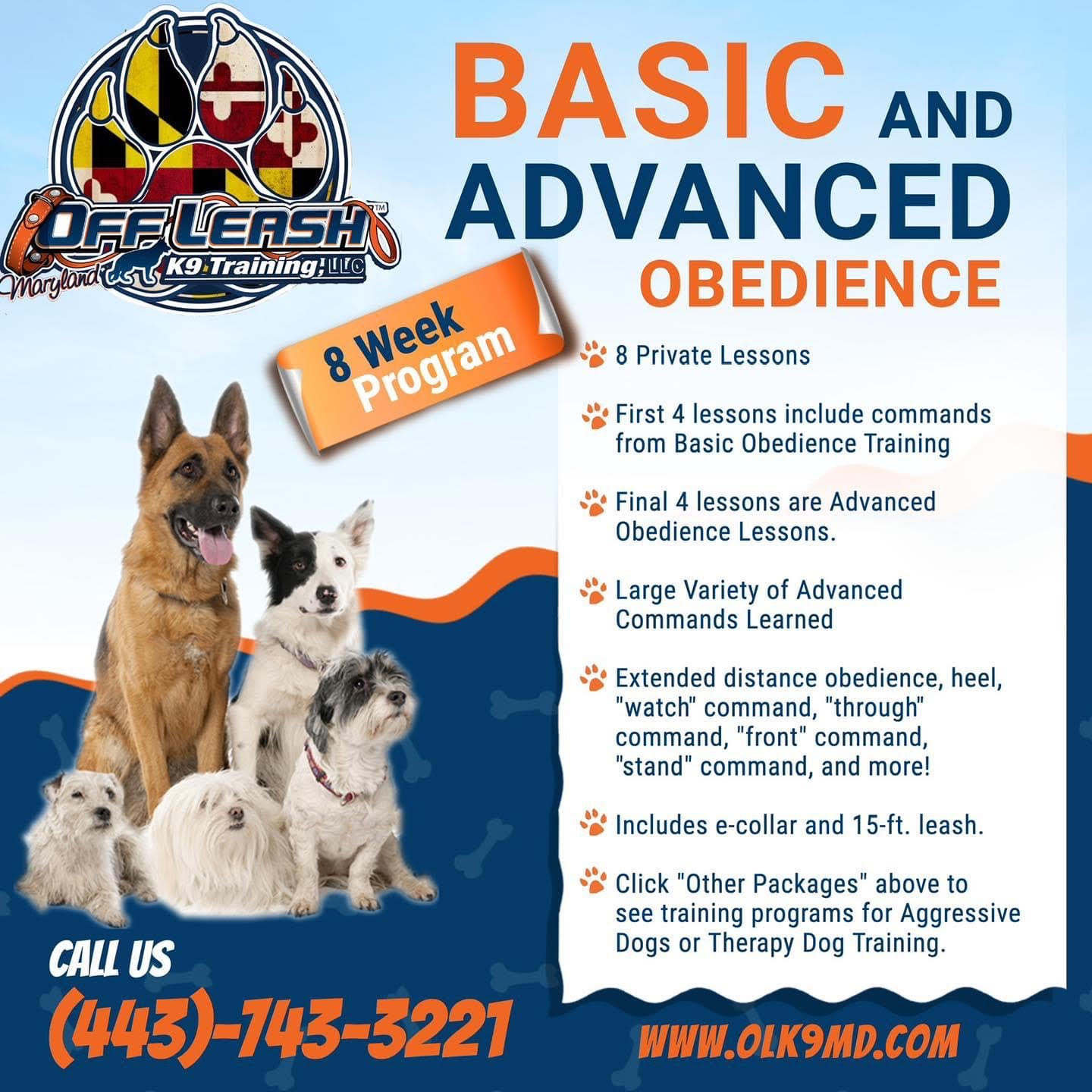Welcome to a comprehensive guide dedicated to the art of show dog training! Show dog training is a specialized skill that requires patience, dedication, and expertise to bring out the best in your canine companion. Whether you are a seasoned show dog handler or a newcomer to the world of dog shows, this blog aims to provide valuable insights, tips, and techniques to help you train your furry friend to shine in the ring.
From basic obedience commands to advanced grooming techniques and show-ring strategies, we will cover all aspects of show dog training to help you unleash your dog’s full potential. Join us on this exciting journey as we dive deep into the world of show dog training and embark on the path to success!
Introduction to Show Dog Training
Training your dog for show competitions requires dedication, patience, and skill. Show dog training involves teaching your canine companion specific behaviors and movements that highlight their best qualities in the show ring.
Benefits of Show Dog Training
Participating in show dog training not only enhances your dog’s abilities but also deepens the bond between you and your furry friend. Training promotes discipline and confidence in your dog while also providing mental stimulation.
Key Aspects of Show Dog Training
When training your show dog, focus on crucial elements like gaiting, stacking, and grooming. These skills are essential for showcasing your dog’s conformation, movement, and overall appearance in competitions.

The Importance of Show Dog Training
Show dog training is crucial for pet owners and handlers who wish to showcase their dogs in competitions and exhibitions. This training not only improves the dog’s behavior and obedience but also enhances its physical and mental well-being. Proper training can make a significant difference in a dog’s performance in the show ring.
Enhances Discipline and Behavior
Training instills discipline in show dogs, teaching them to behave appropriately in different situations. It helps in preventing undesirable behaviors such as jumping on judges or other dogs, barking excessively, or being overly aggressive. Through consistent training, show dogs learn to focus and follow commands effectively.
Improves Bonding and Communication
Engaging in show dog training strengthens the bond between the dog and its handler. It fosters clear communication, trust, and mutual understanding. Training sessions provide opportunities for positive interactions and create a harmonious relationship based on respect and cooperation.
Enhances Performance and Confidence
Well-trained show dogs exhibit higher levels of performance and confidence during competitions. They are more likely to showcase their skills and talents effectively when they have been trained to meet the rigorous demands of the show ring. Training boosts their self-assurance and allows them to shine in the spotlight.
Types of Show Dog Competitions
When it comes to show dog training, understanding the various types of competitions is crucial for success. In the world of show dogs, different events cater to different breeds and skills.
Breed Shows
Breed shows focus on specific breeds, assessing them based on the breed standard. Dogs are judged against their own breed to determine the best representation.
Obedience Trials
Obedience trials test the dog’s ability to follow commands and demonstrate good behavior. Dogs showcase their training by completing various tasks, such as heeling and recall.
Agility Competitions
Agility competitions challenge dogs to navigate obstacle courses with speed and precision. This type of event tests the dog’s agility, speed, and ability to follow the handler’s cues.
Getting Started with Show Dog Training
Training your dog for shows can be both exciting and rewarding. To begin, it is essential to understand the fundamentals of show dog training.
Setting Clear Goals
Before starting training, set clear goals for your dog’s performance in shows. Identify the traits that judges look for in competitions.
Remember, consistency is key in achieving success in show dog training.
Basic Obedience Training
Start with basic obedience training to build a strong foundation. Teach commands such as sit, stay, heel, and come. Consistent practice is essential.
- Use positive reinforcement techniques.
- Introduce your dog to handling and grooming.
- Practice in various environments to improve adaptability.
Basic Commands for Show Dogs
Training show dogs requires mastering basic commands that showcase their skills and discipline in competitions. Consistent practice and positive reinforcement are key elements in successful show dog training.
Sit Command
The sit command is fundamental in show dog training to exhibit control and obedience. Practice this command daily by using treats as rewards when your dog sits on command.
Heel Command
The heel command is crucial for maintaining proper positioning during show dog presentations. Use a leash to guide your dog and ensure they walk beside you without pulling.
Stay Command
Teach your show dog the stay command to remain in a specific position until released. This command helps in showcasing your dog’s discipline and focus during competitions.
Image for Show Dog Training

Advanced Techniques for Show Dog Training
When it comes to excelling in show dog training, advanced techniques can make all the difference in achieving top results. These techniques go beyond the basics and require precision, consistency, and dedication.
Specialized Handling
One key advanced technique in show dog training is specialized handling. This involves training the dog to respond to subtle cues and movements from the handler.
Specialized handling requires patience and practice to perfect the coordination between the dog and the handler.
Advanced Grooming
Another crucial aspect of show dog training is advanced grooming. This includes maintaining the dog’s coat, nails, and overall appearance to meet the standards of a show dog.
- Regular grooming sessions are essential to keep the dog in top condition for competitions.
- Grooming products such as shampoos and conditioners play a vital role in enhancing the dog’s appearance.
Tips for Show Dog Handling
Proper show dog handling is crucial for success in competitions. Here are some essential tips to enhance your show dog training skills:
1. Establish a Strong Bond
Building a strong bond with your show dog is essential for effective handling. Spend quality time together to strengthen your connection.
Remember, consistency is key in training.
2. Practice Grooming
Regular grooming not only keeps your dog looking their best but also helps in creating a positive association with handling and grooming activities.
Try to make grooming sessions enjoyable for the dog.
3. Focus on Movement
Mastering movement is crucial in show dog handling. Practice gaiting, standing, and positioning to showcase your dog’s best features.
Train your dog to maintain a confident posture.
Overcoming Common Show Dog Training Challenges
Consistency is Key
One common challenge in show dog training is inconsistency. Consistent training schedules and techniques are imperative for success.
Handling Distractions
Another hurdle is handling distractions during training sessions. Utilize positive reinforcement techniques to help dogs focus.
Patience and Persistence
Patience and persistence are crucial in overcoming setbacks. Consistent efforts will yield positive outcomes in show dog training.
Frequently Asked Questions
- What is show dog training?
- Show dog training is a process where dogs are taught specific behaviors and skills to compete in dog shows. These behaviors include grooming, walking on a leash, standing still, and following commands.
- Why is show dog training important?
- Show dog training is important as it prepares dogs to compete in dog shows where they are judged based on their appearance, behavior, and skills. Proper training increases their chances of success in the show ring.
- What are the key elements of show dog training?
- Key elements of show dog training include socialization, obedience training, grooming, conditioning, and practice for specific show skills like stacking, gaiting, and free stacking.
- How can I start show dog training with my dog?
- To start show dog training, you can enroll your dog in obedience classes, work on basic commands at home, introduce grooming routines early, expose your dog to different environments, and seek guidance from experienced show dog trainers.
- What are some common challenges in show dog training?
- Common challenges in show dog training include distractions in the show ring, nervousness or anxiety in the dog, maintaining the dog’s coat quality, and ensuring consistent performance in different settings.
Wrap Up: Mastering Show Dog Training for Unwavering Success
In conclusion, this guide has shed light on the intricate world of show dog training, emphasizing the significance of patience, consistency, and positive reinforcement. Success in the show ring is not only about the ribbons and trophies but also about the bond and trust you form with your canine companion. Remember, training is a journey that requires dedication and understanding of your dog’s unique needs. By following the tips and techniques outlined in this guide, you are well on your way to unleashing the full potential of your show dog. So, keep practicing, remain persistent, and above all, enjoy the journey of training your show dog to be a shining star in the ring.



